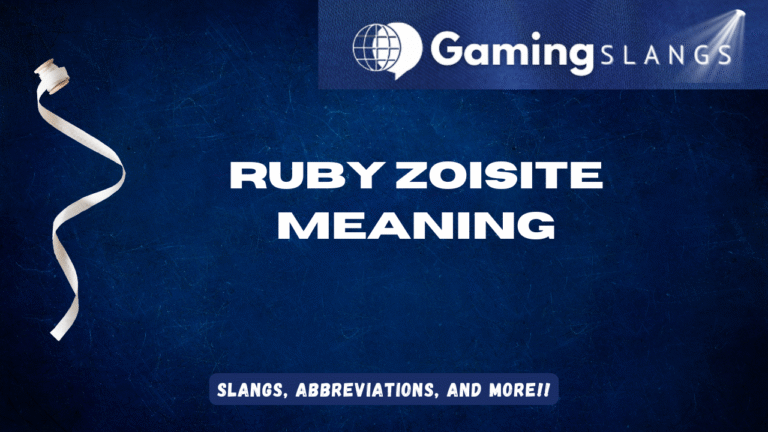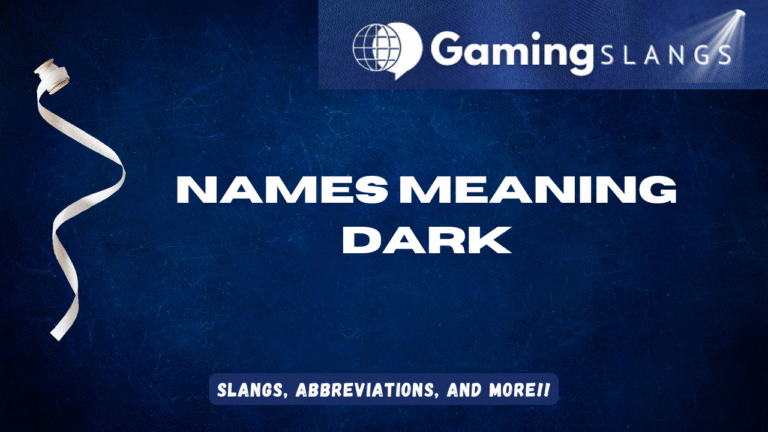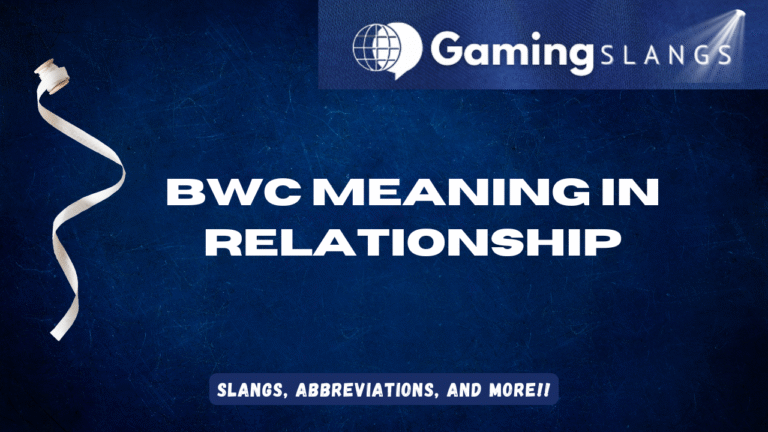Apateu is a Korean-English slang term that refers to an apartment. It is a transliteration of the English word “apartment” into Korean pronunciation, often written and spoken as “apateu” (아파트).
In everyday contexts, it simply describes residential apartment buildings, which are very common in South Korea’s urban lifestyle.
Origins of Apateu
The word apateu originated from the English term apartment and was adapted into the Korean language during the mid-20th century, as Western-style housing structures became more widespread in South Korea.
Over time, “apateu” became the standard casual word used by Koreans to describe high-rise apartment complexes, reflecting the country’s urban development and modern living culture.
How to Use Apateu in a Sentence?
“Apateu” is widely used in Korea in both formal and casual contexts when referring to apartment buildings. It often appears in conversations about housing, real estate, or everyday living situations.
Here are five examples:
- “We just moved into a new apateu.”
– Talking about relocating to a new apartment. - “Her apateu is close to the subway station.”
– Describing the location of someone’s residence. - “Most families in Seoul live in an apateu.”
– General statement about common housing in Korea. - “The apateu complex has a playground and gym.”
– Referring to amenities within apartment buildings. - “They’re looking to buy an apateu instead of renting.”
– Discussing real estate decisions.
Pronunciation of Apateu
Pronounced as: ah-pah-teu
(placeholder for audio pronunciation)
Words Similar to Apateu
- Apartment – The English word from which “apateu” is derived.
- Condo – Short for condominium, similar in concept to apartments but often privately owned.
- Flat – Commonly used in British English to describe apartments.
- Officetel – A Korean term for a building that combines office and residential spaces.
- Villa – In Korea, this refers to low-rise residential buildings, different from Western “villas.”
Each of these terms, like apateu, is related to housing and reflects cultural differences in describing living spaces.







